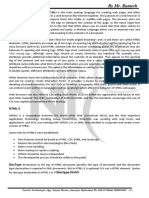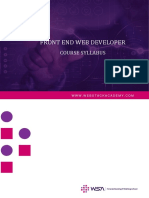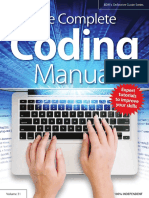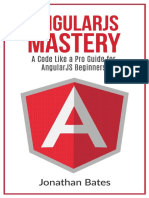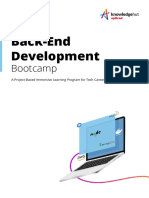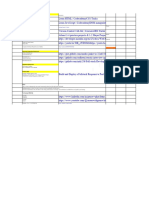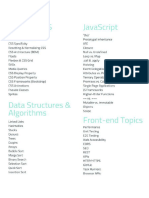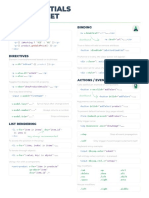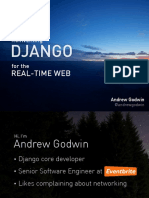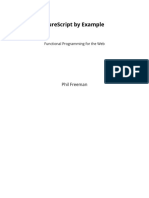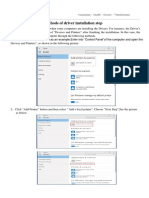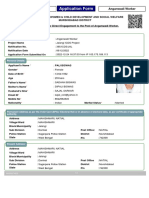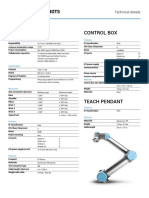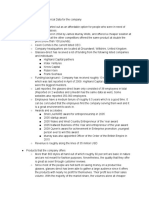0% found this document useful (0 votes)
49 views36 pagesFrontend Development
This document is a comprehensive revision guide for front-end development, covering key topics such as HTML, CSS, JavaScript, frameworks, TypeScript, testing, performance optimization, tools, version control, system design, and common interview questions. It provides essential information and study materials for each topic, along with practice questions to prepare for front-end interviews, particularly at major tech companies. The guide emphasizes the importance of regular review, mock interviews, and maintaining a positive mindset throughout the preparation process.
Uploaded by
tanisha.verma.070121Copyright
© © All Rights Reserved
We take content rights seriously. If you suspect this is your content, claim it here.
Available Formats
Download as PDF, TXT or read online on Scribd
0% found this document useful (0 votes)
49 views36 pagesFrontend Development
This document is a comprehensive revision guide for front-end development, covering key topics such as HTML, CSS, JavaScript, frameworks, TypeScript, testing, performance optimization, tools, version control, system design, and common interview questions. It provides essential information and study materials for each topic, along with practice questions to prepare for front-end interviews, particularly at major tech companies. The guide emphasizes the importance of regular review, mock interviews, and maintaining a positive mindset throughout the preparation process.
Uploaded by
tanisha.verma.070121Copyright
© © All Rights Reserved
We take content rights seriously. If you suspect this is your content, claim it here.
Available Formats
Download as PDF, TXT or read online on Scribd
/ 36








